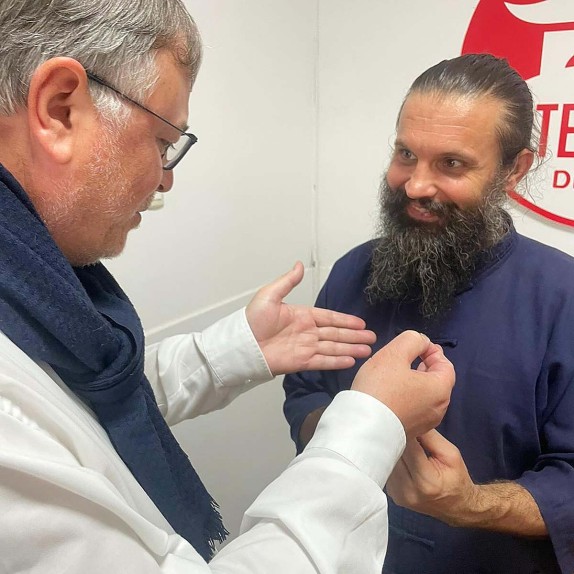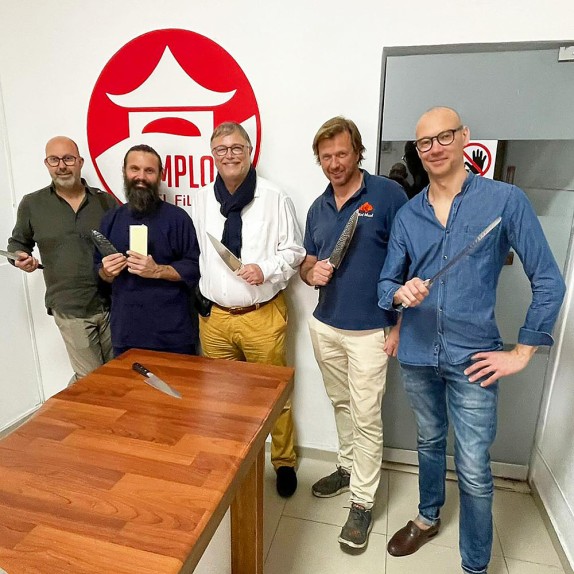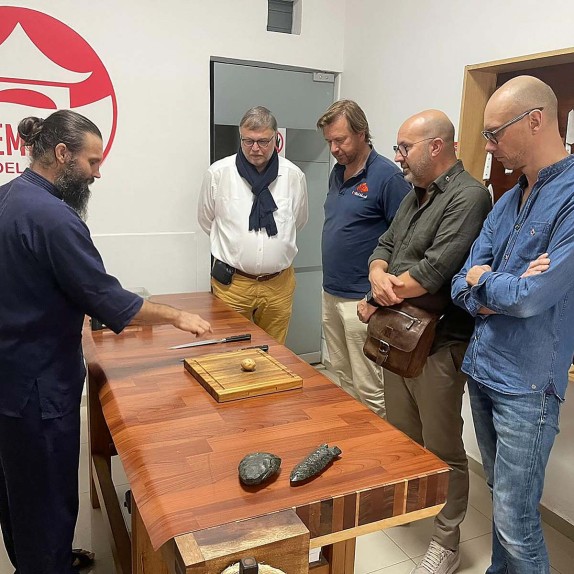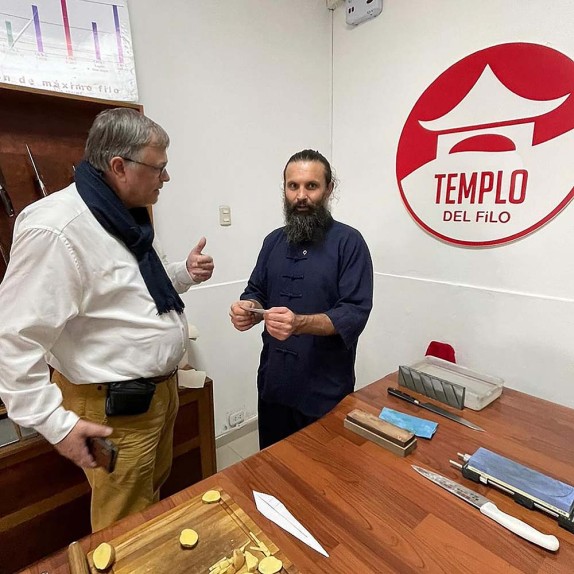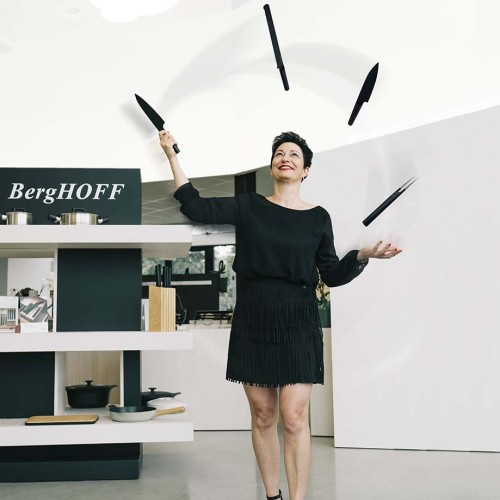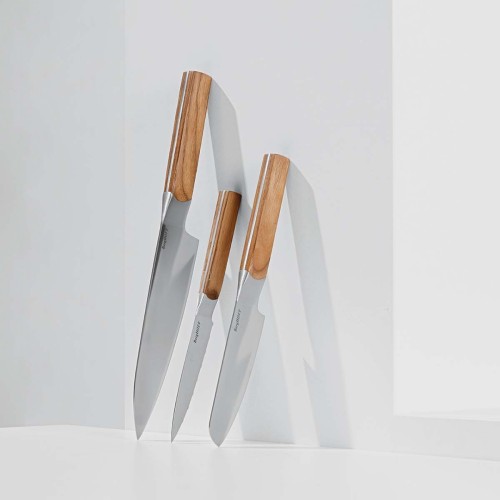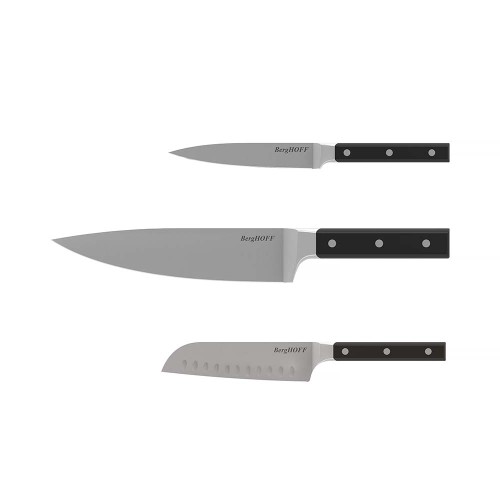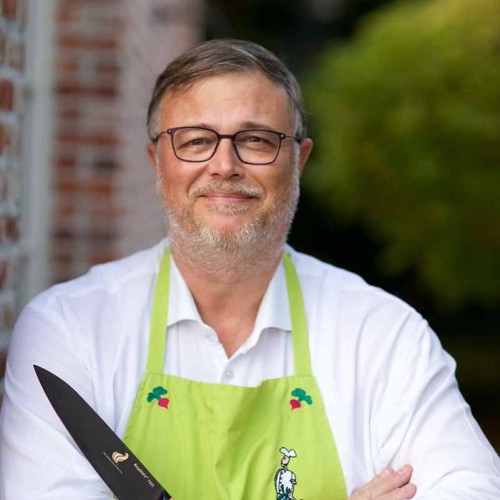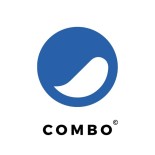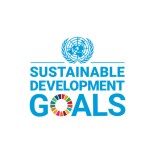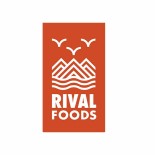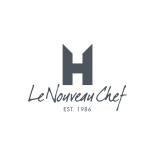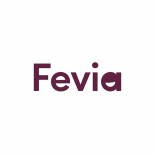“It is not the edge of your knife that cuts sharply”, according to Michal Simko, master sharpener in Peru
Sliding -not smashing- a herb or vegetable is faster and makes the product last longer.
We’re smart went on a studytrip to Lima to visit famous restaurants. In a video on Instagram you can see Simko -the owner of Templo de Filo teaching the top-chefs how to sharpen a knife. All with their left hand. “It was hard to believe, but all these really experienced chefs were fascinated and excited about their meeting with Michal”, says chairman Frank Fol. “Some even ordered new knives there”.
We spoke with Simko via Whatsapp to learn more about him and his unique view. The ‘guru of sharpening’ sits in the middle of his shop and demonstrates his fundamentally different view on knife sharpening and knife quality. Simko looks like an Asian martial arts fighter, yet he was born in the former Czechoslovakia. He moved to Peru with his wife, started selling tools and dedicated himself to becoming the master of the ‘super-edge’.
What is the secret ingredient of your Temple?
“In the old times they called this alchemy. People who knew something other people can not explain. My secret ingredient is hunger for perfection and curiosity. Curiosity is a key for doors that normal people don’t think are doors”. We started selling tools for woodworking and then you need to sharpen them to show they are any good. Once you can sharpen a carving chisel everything else is a piece of cake. Then it took me six years to find the best sharpening stone on the planet in Germany and now I am working with the best gastronomic partners in the world”.
You had the five radishes chefs really paying attention, what happened?
“It is mindblowing to feel what it means to have a really sharp knife. No matter how many years you have worked as a chef, it is like a first kiss. We then make them think by saying it is not the edge that cuts. And when you sharpen your knife you are going to make it worse. All it comes to the thickness behind the edge”. Simko shows with hand movements and drawings on paper what he means. The thinner the blade behind the edge, the thinner the cut. “And that for sure has an effect on the nutrients maintained in the ingredient and the flavours”, he says. On youtube Simko explains the art of sharpening and the essence of the edge. (It is in Spanish, but with subtitles relatively easy to follow).
What happens when a famous restaurant calls for your help?
“I always work with the more junior people. The chefs seems to disappear. Maybe they are afraid of being exposed. In the industry “everyone” is supposed to know how to sharpen. So the first thing I teach is to sharpen with the left hand. Even when they are righthanded. Because that is how the brain works. We all walk using two legs, so we should be able to cut and sharpen with two hands. It is a simple movement, look…. Of course it is not so easy and it is all about consistency and working on what you can not see. Like in fine dining, where the difference is made by paying attention to the invisible things.
Then we re-learn the cutting. The chopping cuts are like smashing potatoes. By sliding you’re your ingredients stay fresh longer. Even if your blade is super sharp, when chopping you smash your chives. I assure you the smashed chives in a hot kitchen would last only one service. But if you slide with a super sharp knife the chives could last for three days. And we did not event start measure and talk how much staff time could be saved by having the correct geometry of your knife. Simko estimates that his knives could make 30-50% more production.
Do people take good care of their knives?
“Before you read a CV and tests cooking abilities, check the chefs knives. Why? Because…’Show me your knife and I will tell you what type of chef you are’. During the sharpening teachings in restaurants… I spend three to four hours in a kitchen and I see what happens when an order comes in. Something can go wrong, of course. But the people that don’t want to learn how to sharpen a knife are the same ones that are happy to serve the customer with food that fell on the floor or which is not of high standard. Those lazy people may talk politely in a job interview, but their work ethics are garbage. You can save a lot of interviewing time, just ask a new aspirant to sharpen their knives in front of your eyes”.
There are cheap and expensive knives. Is it true that japanese knives are so much better than german ones?
It is pure image building that makes you think that the nationality of the manufacturer or the brand guarantees the quality. We have tested thousands and thousands cuts of rope and paper towel. Paper towel measures quality of the edge and rope indicates the bluntness. The carbon count in the steel is the only indicator of quality, not the country or the brand. The steel without the carbon is just iron. The steel with a little bit of carbon is a can, a little bit more carbon is for “a professional knife”, a with high carbon steel we get high end knives.”
Before we stop, Simko asks what brand of knives I have and pulls out a chart. My german brand, highly recommend by the school I attended has a very low carbon level. Simko laughs: “Not to worry, even some very famous Japanese brand is only a little bit better. You know, the best knives in the tests we had were made in mass produced in China, hand made in Republica Checa or hand made in Russia….”
Seven do’s and don’ts to make your knives last longer
Hilde Rutten, is general manager of BergHOFF Belgium, a global supplier of kitchen accessories, utensils and knives. Rutten is very clear: “Sustainability is in our DNA and together we can complete the story of sustainable gastronomy”. Rutten is happy to provide us with tips to make your knives last longer. “Our motto is: re-use, recycle and reduce. Making your knives last longer is an elementary part!”
- Pick the right tool for the right task. The most obvious but often ignored rule. Resulting in damage and dangerous situations.
- Only use boards where your knife leaves marks, like plastic or wooden. Glass and marble is too tough.
- Don’t push too hard. Either your knife is not suited for the task, or it is dull. You risk slipping and hurting yourself.
- Always wash by hand, never in the machine (even when it says you can). Detergents and hot water damage your knife.
- Sharpen your knife at regular intervals. So much easier than reviving a dull knife.
- Learn how to sharpen your knives yourself. (here are five reasons why)
- Clean, dry and store your knife in a holder or on a magnet after each use. For safety, hygiene and durability
Article written by Sheila Struyck
